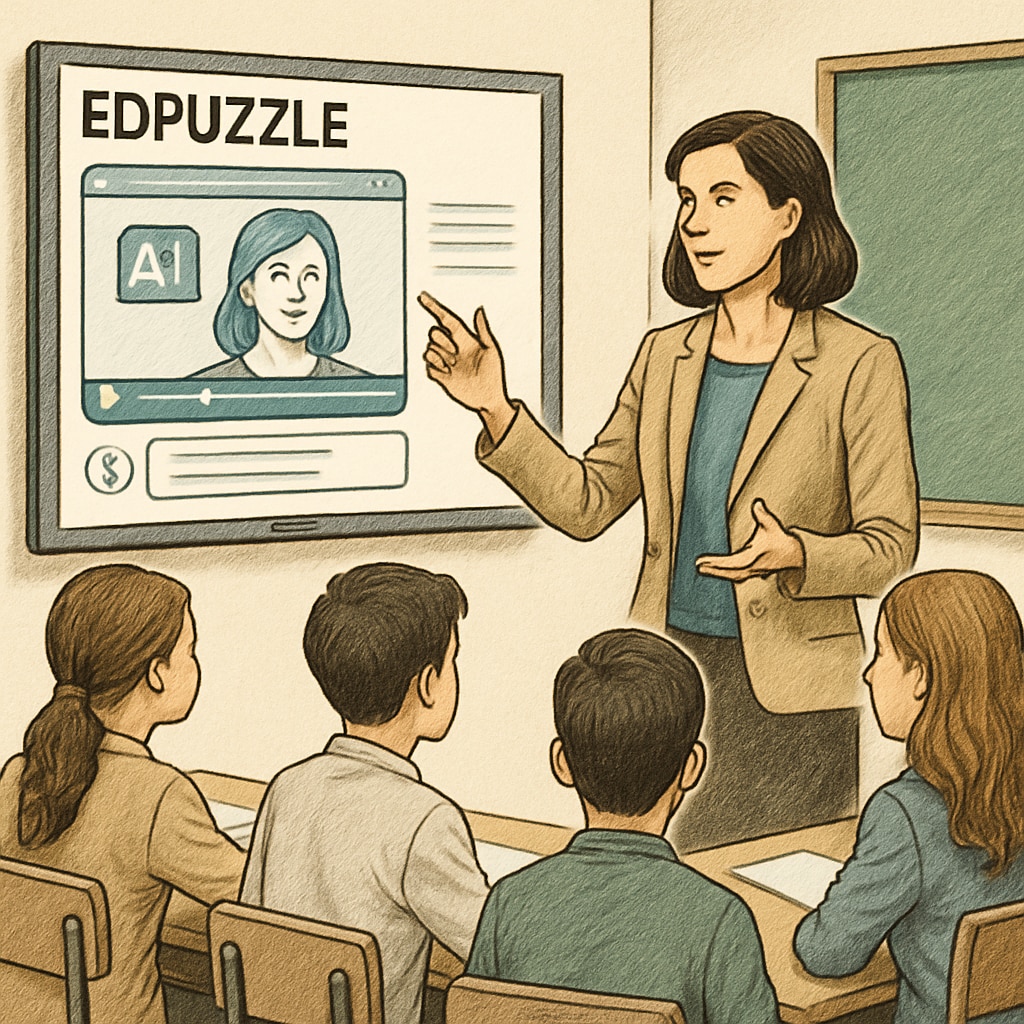In the rapidly evolving digital age, equipping students with the skills to critically analyze media has become a vital part of education. Using AI-powered tools, teachers can revolutionize their approach to media literacy, fostering critical thinking and creativity in grades 9-12. This article explores five free, innovative teaching resources designed to integrate AI into media literacy lessons. By leveraging tools like ChatGPT, educators can prepare students to navigate the complexities of modern media with confidence and discernment.
Why Media Literacy Matters in the AI Era
As technology advances, the lines between fact and misinformation blur, making media literacy an essential skill for students. Media literacy not only involves understanding how to consume content critically but also how to create and share it responsibly. AI tools, such as ChatGPT, offer educators new ways to engage students, encouraging them to think deeply about the information they encounter daily.
For instance, AI can analyze the tone, bias, and intent behind various media formats, from news articles to social media posts. By incorporating these tools into the classroom, teachers can provide students with hands-on experiences that build critical thinking and visual storytelling skills.

Five AI-Powered Media Literacy Tools for Teachers
To support educators in cultivating media-savvy students, here are five free resources that integrate AI technology into media literacy lessons:
- ChatGPT for Critical Media Analysis: This AI writing tool helps students analyze news articles, identify biases, and generate questions for further exploration. For instance, teachers can ask students to input a news excerpt and prompt ChatGPT to evaluate its tone and reliability.
- Canva for Visual Storytelling: Canva, combined with AI design suggestions, enables students to create compelling visual narratives. It’s an excellent tool for teaching how design elements influence audience perception.
- Fact-Checking with AI: Tools like Google Fact Check Explorer or AI-based browser extensions assist students in verifying the credibility of sources. These resources teach them to cross-reference information effectively.
- EdPuzzle for Video Analysis: With AI-generated quizzes, EdPuzzle allows students to engage critically with video content. Teachers can integrate YouTube videos and add interactive questions to assess students’ understanding of media techniques.
- AI Writing Prompts: Tools like AI Dungeon or AI-assisted brainstorming platforms encourage creativity by helping students develop scripts or storylines. This is particularly useful for exploring themes like propaganda or advertising strategies.
These tools not only enhance media literacy but also inspire students to become thoughtful creators in an increasingly digital world.
Integrating AI into the Classroom: Practical Tips
Incorporating AI tools into media literacy lessons requires careful planning. Here are some practical tips for educators:
- Start Small: Begin with one or two tools to avoid overwhelming students. For example, introduce ChatGPT for analyzing a single article before expanding to more complex tasks.
- Encourage Collaboration: Assign group projects that require students to use AI tools collaboratively, such as creating a multimedia presentation on media bias.
- Focus on Ethics: Discuss the ethical implications of AI, including its limitations and potential biases. Encourage students to think critically about how AI itself processes and presents information.
- Provide Clear Instructions: Offer step-by-step guidance for using AI tools, ensuring students understand their purpose and functionality.

The Future of AI in Media Literacy Education
As AI continues to evolve, its potential to transform education remains limitless. By integrating AI-powered tools into media literacy lessons, educators can bridge the gap between traditional teaching methods and the demands of the digital age. These resources empower students to become not only critical consumers but also responsible creators of media.
In conclusion, the combination of AI writing prompts, media literacy, and teaching resources offers educators unparalleled opportunities to enhance their curricula. By adopting these tools, teachers can ensure their students are prepared to navigate the complexities of an increasingly interconnected world.
For more information on the importance of media literacy, visit Media Literacy on Wikipedia or explore Britannica’s Media Literacy Overview.


